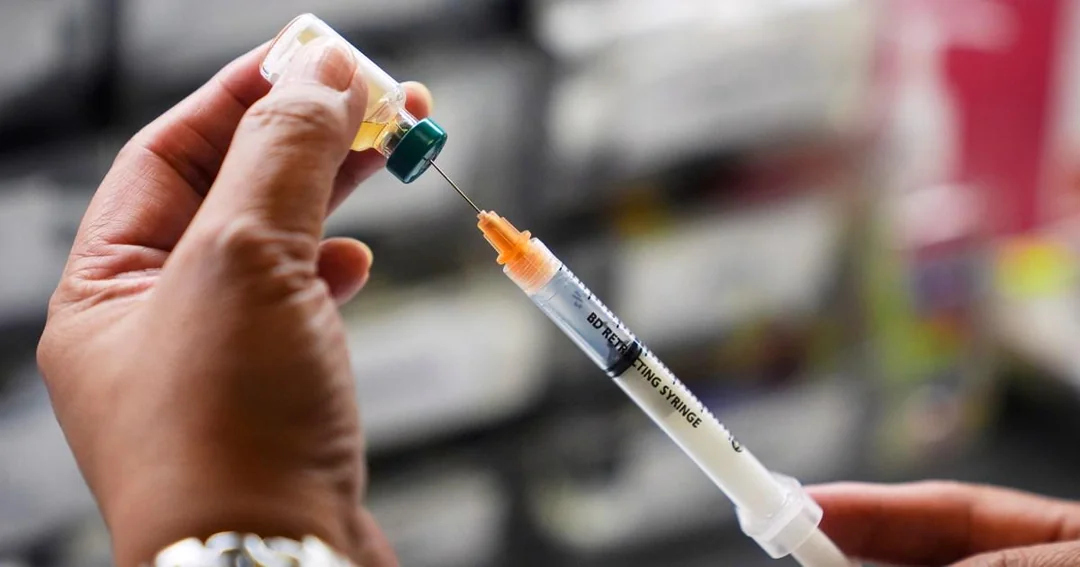State laws targeting transgender people made trans and nonbinary young people more likely to attempt suicide in the past year, according to a first-of-its-kind study.
The research, published last week in the journal Nature Human Behavior and conducted by the Trevor Project, an LGBTQ youth suicide prevention and crisis intervention organization, is the first to establish that such laws directly caused an increase in suicide attempts.
The Trevor Project surveyed more than 60,000 trans and nonbinary young people (ages 13-24) about their mental health from 2018 to 2022, a period in which 19 state governments enacted 48 laws targeting trans people, particularly youth. These included restrictions on transition-related care for minors and laws that bar trans student athletes from playing on the school sports teams that align with their gender identities.
The study compared suicide-related outcomes for trans and nonbinary young people in those 19 states to the outcomes for trans and nonbinary youth in states that did not enact any such laws.
It found that these laws caused an increase in suicide attempts among trans and nonbinary youth by an estimated 7% to 72%. The range of estimates is large because it includes the percent increase for five time periods from 2018 to 2022, and the estimated percent increase differs depending on time period and the age range of participants.
“That causation is the key aspect,” said Ronita Nath, one of the co-authors of the study and vice president of research at the Trevor Project. “State-level anti-transgender laws caused — so, not associated with, not linked to — we can say very confidently, they caused up to a 72% increase in number of past-year suicide attempts among trans and nonbinary young people,” as well as a 49% increase in the percent of trans and nonbinary young people who made at least one attempt in the past year.
She said past research has established that laws targeting trans people are associated with worse mental health outcomes for trans and nonbinary people, including youth.
Dr. Jack Turban, child psychiatrist and director of the gender psychiatry program at the University of California San Francisco, said this study is significant because its design, known as a causal inference technique, provides strong evidence that the laws are causing suicide attempts versus only showing an association between the laws and an increase in suicide.
He added that causal link is important as the Supreme Court prepares to hear U.S. v. Skrmetti, its first case considering a ban on transition-related care for trans minors.
“When doing those legal analyses, one of the questions is whether or not the states have a reasonable interest in banning these treatments or in passing these laws,” said Turban, who is also the author of “Free to Be: Understanding Kids and Gender Identity.”
He added, “Since we have evidence that these laws are driving suicide attempts, it would be really difficult to argue that states are justified or have a compelling reason to pass these kind of laws.”
During the study’s first measured time period, in early 2018, suicide attempt rates increased 7% for trans and nonbinary young people ages 13-17 living in the 19 states with anti-trans laws, which surprised Nath, who didn’t necessarily expect to see such an immediate increase. After time periods two and three, which were between December 2019 and December 2020, past-year suicide attempts increased by 72% and 52% for that same age range.
For the full sample of trans and nonbinary young people ages 13-24, there was no statistically significant increase in past-year suicide attempts after time period one, but after time periods two and three, past-year suicide attempts increased 38% and 44%, respectively, compared to youth in states without laws targeting trans people.
The study controlled for a variety of variables to establish causality, including the Covid pandemic, cultural factors in the state, pre-existing suicide rates, national suicide prevention efforts and federal policy.
There were a few limitations within the study. First, it was cross-sectional and not longitudinal, meaning it surveyed the young people just once as opposed to multiple times over the course of months or years. With this, if a study participant moved to Wyoming, which has passed laws targeting trans people, after living in a state for the past year that has not passed such laws, like California, their response to questions about past-year suicide attempts may only reflect their experiences in California, Nath said. She added that the researchers expected that type of misclassification to underestimate the percent increase in suicide attempts.
The study also didn’t use a randomized sample since participants were recruited through social media. The researchers also couldn’t randomly assign trans and nonbinary young people to live in states with anti-trans laws and states without them, since such a study design would be unethical, Nath said. This means the sample used might not accurately represent the full population of trans and nonbinary young people, though Nath noted the results are at least at a 95% confidence level.
Turban also noted that the study doesn’t break down the laws by type, so research still needs to be done on which laws might affect youth mental health more or less. The study also does not account for the indirect effects of the laws on trans youth who live in states without them, like his patients in California, Turban noted. He said they are still hearing messages like “trans people are mentally ill” or, if they play on sports teams that align with their gender identities, they’re going to hurt their peers.
“I’m seeing more of my patients who are being closeted, more of them who are just avoiding sports altogether,” Turban said. “So I really don’t think we can overstate the negative impact that the rhetoric has, even when we’re in places that the laws aren’t directly impacting us.”
Trans and nonbinary youth are not inherently prone to increased suicide risk, Nath said, but often experience an increased risk due to mistreatment and stigma, “including by the implementation of these discriminatory policies.” She pointed to Trevor Project research from 2019 that found that LGBTQ youth with one accepting adult in their life were 40% less likely to report a suicide attempt in the past year.




